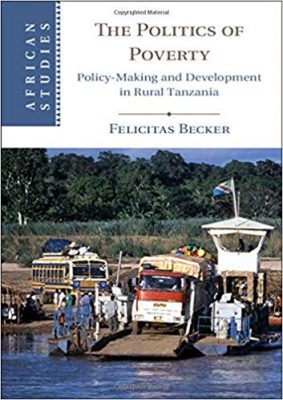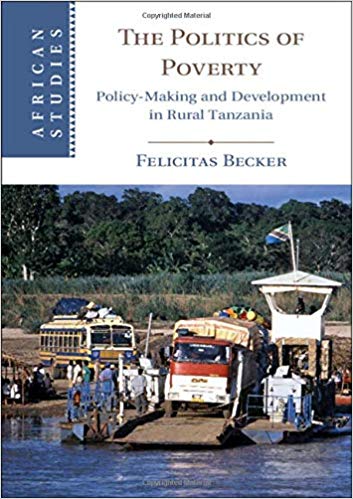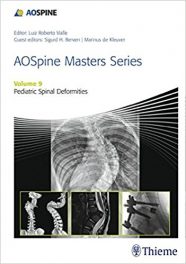 Author: Felicitas Becker
Author: Felicitas Becker
Publisher: Cambridge University Press – 372 pages
Book Review by: Sonu Chandiram
The gross domestic product of Tanzania is $61 billion, ranking No. 75 and being in the second lowest quintile in a 2019 list of 186 countries compiled by the International Monetary Fund.
A better measure is GDP per capita (average annual economic product per person) and in that respect, the average Tanzanian produced just $1,134 of economic value in 2019, ranking No. 158 and being in the lowest quintile (Nos.150-187) in the IMF list of 187 countries for this measure.
Why Tanzania is among the poorest countries in the world is one of the topics explored by the author Felicitas Becker who had traveled to Tanzania to gather material for this book. More specifically, she points out to paradoxes, wherein government people make promises, do not deliver, and when questioned ‘Why?’ by voters, they give out a whole host of excuses.
In a single paragraph at the book’s beginning, these apparent quandaries are presented:
- Why is it that rural poverty in southern Tanzania appears to be both easy to explain and yet also mystifying?
- Why is it that ‘development’ is such a touchstone, when actual attempts at fostering development have been largely ephemeral and/or unpopular for decades?
- Why has the exportation of foodstuffs been emphasized over the exportation of migrant labor, when more is known about problems relating to the latter?
- Why is the ‘development industry’ going on despite its failure to break these dynamics?
- Why have ‘development planners’ often exaggerated their prospects to secure funding, repackaged old strategies as new to maintain their promise, and shifted blame to rural Africans for failure to meet their expectations they raised?
These questions are explored in depth in the seven chapters of this work we list below, sandwiched by Ms. Becker’s insights provided in the Introduction and Conclusion.
Introduction
- The End of Slavery, Famine, and Food Aid in Tunduru
- Changing Configurations of Poverty in the Colonial Southwest and the Myth of Communalism
- The Struggle to Trade
- Independence and the Rhetoric of Feasibility
- Villagisation and the Pursuit of Market Access
- The Politics of Development in the Era of Liberalisation
- Performing and Pursuing Development in Kineng’ene
Conclusion
I have found over many years of conversations I have had with people of varied backgrounds that one of the best ways to understand why they say what they say, and when they say something is to guess at their motivation. When guessing does not give me any clue, I simply ask them why they feel that way, and what do they plan to accomplish with their expressed course of action.
So one way to find answers to the seven questions raised above, is to ask those who made certain remarks (e.g. government people who made promises, but did not deliver) why they said what they said. If no measurable change has come forth in Tanzania over the decades (e.g. growth in GDP per capita), what was said, and what was done, if anything?
According to WorldoMeters, in 1989, total world GDP was close to $37 trillion. Today, 20 years later, it is over $87 trillion, representing a growth of about $50 trillion in 20 years, or an average annual growth of 2.5 percent. Tanzania’s GDP in 1994 (we could not find data for earlier years) was $4.5 billion. Today it is $61 billion. The increase of $56.5 billion over the last 25 years from 1994 to 2019 amounts to an average annual growth rate of 2.26 percent, a little bit lower than the world average of 2.5 percent.
Tanzania’s nominal GDP per capita was $463 in 1994, compared to $1,134 today, a growth of $671 in 25 years, averaging around $27, or about annual growth rate of 5.8 percent. While it’s good growth rate, the current $1,134 per capita GDP a year is extremely low.
Ms. Becker briefly writes in the Introduction about Bibi Amina, the grandmother of one of her research assistants. In 2000 when she met her while doing research for this hook, Bibi Amina was over 70 years old, did not own any land, and had been working the same ‘borrowed’ plot for decades. Having no access to fertilizer, that plot did not produce enough food to even meet her own needs, let alone sell it to generate cash to buy other needs.
Often, that poor old lady had to choose between eating her food or selling that food for other living needs. Becker writes: “…the problem that she could either eat her crops or earn cash from them, but not both, has been central to the constant recurrence of poverty here since the colonial period.”
With one of the world’s lowest per-capita GDP amounts, Tanzania has a long way to go to reach the world average. We wish residents of that country our wishes to better their income levels in the years to come, and congratulate the author for all the hard work and other resources she had put in to get this book written and published.
Author:
Felicitas Becker is Professor of African history at Ghent University, and has previously taught at SOAS University of London, Simon-Fraser University in Vancouver, and the University of Cambridge. Her PhD thesis from the University of Cambridge won the Ellen MacArthur Prize in economic history, and her first book Becoming Muslim in Mainland Tanzania, 1890-2000 (2008) obtained a British Academy postdoctoral fellowship publication award.
She is currently working on the interaction between notions of progress used in development discourse and those deployed by religious reformers in East Africa.







